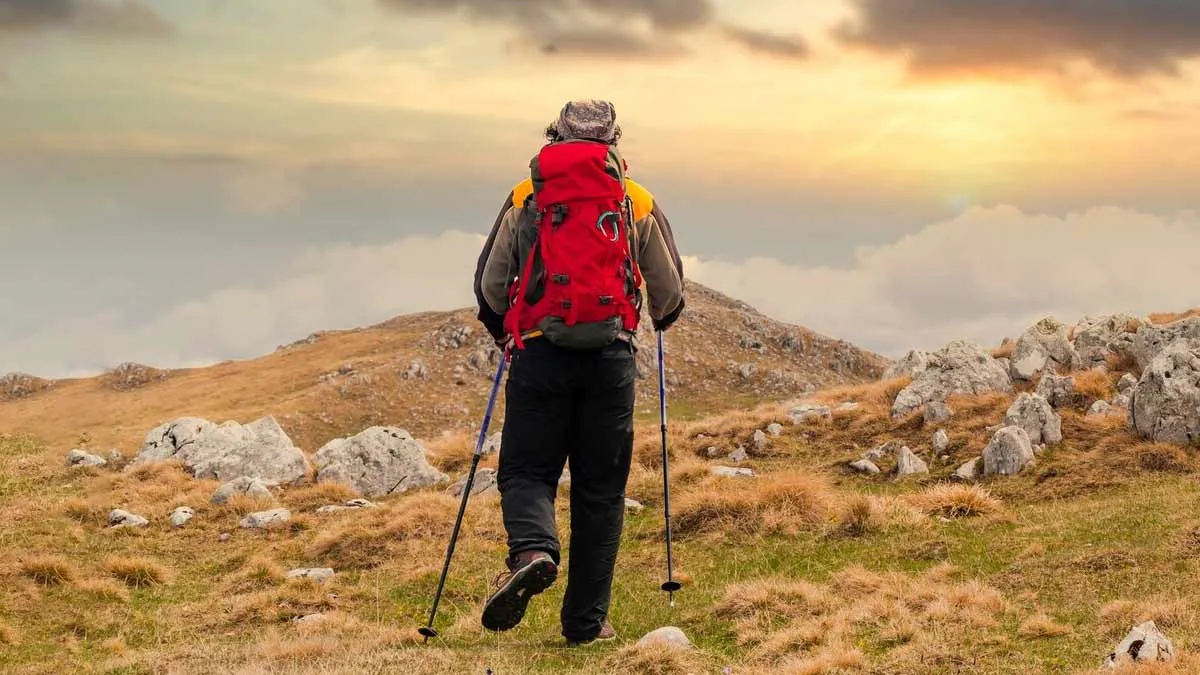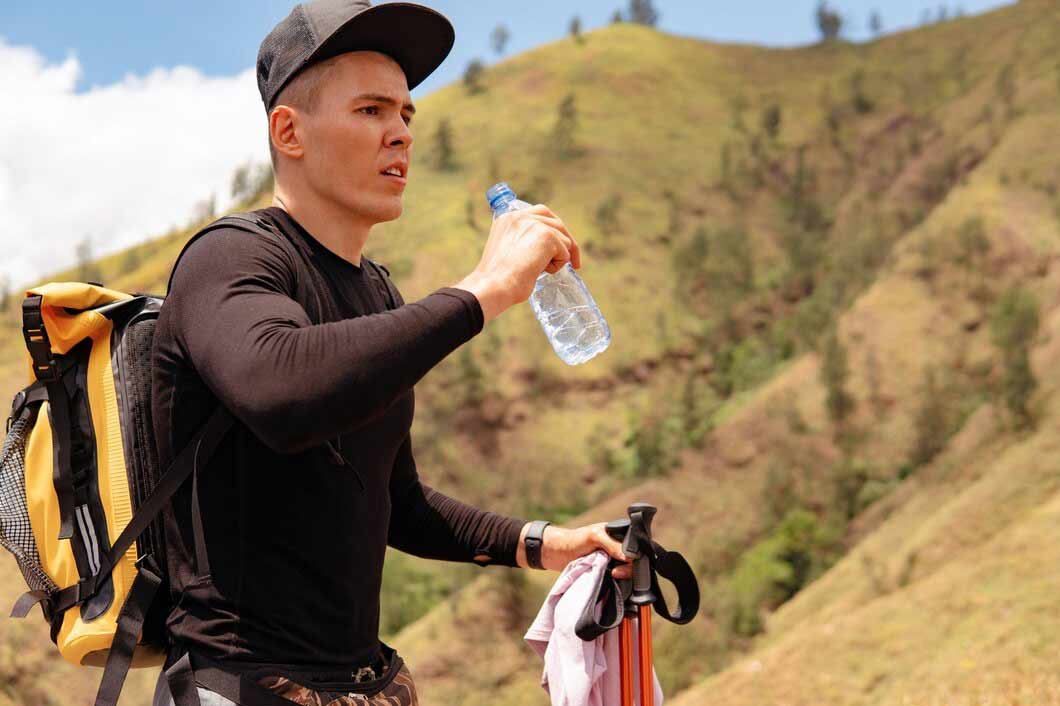
For thrill-seekers and adventurers, high-altitude destinations hold undeniable charm. But as majestic as these places are, they come with a unique challenge: the thin air that can make it hard to breathe. If you’ve ever hiked up a mountain and found yourself gasping for air, you’re not alone. Breathing in higher altitudes is actually differently difficult for some people.
Table of Content:-
Dr Devendra Kumar Singh, Senior Consultant- Respiratory Medicine, Sharda Care - Noida, explained, “At sea level, the air contains about 21% oxygen, and our bodies are perfectly adapted to this environment. However, as you ascend to higher altitudes, the air becomes less dense, meaning each breath contains fewer oxygen molecules. This decrease in oxygen pressure at higher elevations is called hypobaric hypoxia.”
What Happens To Your Body At High Altitude?
According to Dr Singh, at high altitudes, there’s an array of things that happen to your body. These may include:
1. Reduced Oxygen Intake
At higher altitudes, your lungs must work harder to extract oxygen from the air. Even though the oxygen percentage remains constant, the lower atmospheric pressure means you’re taking in fewer oxygen molecules with each breath.

Also Read: Feeling Bloated? Here’s What You Can Eat Without Stressing Your Stomach
2. Increased Breathing Rate
To compensate for the interruption in breathing, your body naturally increases your breathing rate, which can lead to breathlessness, even during mild exertion.
3. Physical Strain
At high altitudes, organs and tissues receive less oxygen, making activities like walking, climbing, or even talking feel exhausting leading to tiring the body easily and quickly.
What Is Altitude Sickness?
For some, the body's inability to adapt quickly can lead to Acute Mountain Sickness (AMS). This condition typically occurs at altitudes above 8,000 feet (2,400 metres) and manifests through symptoms such as:
- Headaches
- Nausea or vomiting
- Dizziness or light-headedness
- Fatigue and weakness
- Shortness of breath, even at rest

Also Read: Can Immunity Boosters Help Combat Current Air Pollution? Here's What You Need To Know
Dr Singh revealed that in severe cases, AMS can progress to life-threatening conditions like High-Altitude Pulmonary Edema (HAPE) or High-Altitude Cerebral Edema (HACE), which require immediate medical attention.
How to Prepare For High-Altitude Travel
Preparation is key to ensuring your body can adapt to the challenges of high altitude. Here’s what you can do before and during your trip:
1. Gradual Acclimatisation
Ascend slowly to give your body time to adjust. If you’re trekking or climbing, incorporate rest days to let your body adapt. Experts recommend gaining no more than 1,000 feet (300 metres) of elevation per day once above 8,000 feet.
2. Consider Altitude Training
If possible, train at high altitudes or use altitude simulation masks before your trip. This can help your body adapt to lower oxygen levels.
3. Eat a High-Carbohydrate Diet
Carbs are an efficient source of energy, especially in oxygen-deficient environments. Load up on fruits, grains, and other carb-rich foods.
4. Monitor Your Body
Listen to your body and know the warning signs of altitude sickness. If symptoms worsen, descend to a lower altitude immediately.
5. Use Supplemental Oxygen
If you’re climbing particularly high peaks, supplemental oxygen can be a lifesaver. Many tour operators provide oxygen tanks for emergencies.
Bottomline
High-altitude destinations are incredible, offering stunning landscapes and unique experiences. But they can also push your physical limits. By understanding why it’s difficult to breathe at high altitudes and taking steps to prepare, you’ll protect your health whilst also enjoying your adventure. As the old mountaineering adage goes, ‘The mountain will always be there.’ Remember, take it slow, plan ahead, and prioritise your well-being—because every breathtaking view is worth it when you can breathe easy.
Also watch this video
How we keep this article up to date:
We work with experts and keep a close eye on the latest in health and wellness. Whenever there is a new research or helpful information, we update our articles with accurate and useful advice.
Current Version